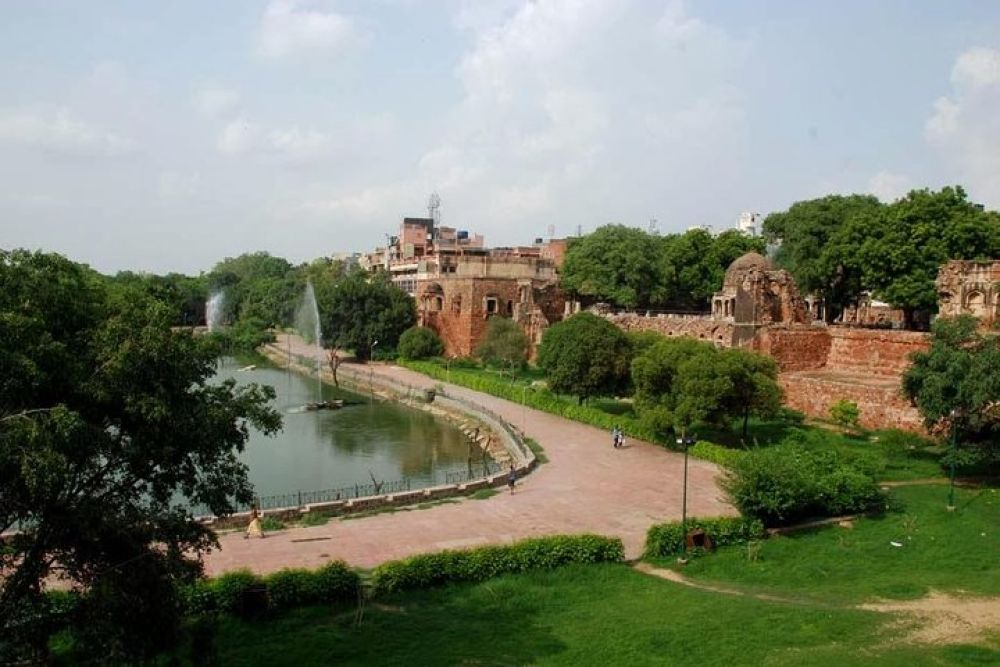

The Hauz Khas Village in Delhi stands as an epitome of India's rich historical tapestry and urban sophistication. The village is nestled in the heart of South Delhi, with a history that dates back to the 13th century, when Delhi Sultan Alauddin Khalji established it to cater to his capital city, Siri. The name 'Hauz Khas' translates to 'Royal Tank,' referring to the ancient water reservoir that was built as a part of the medieval urban settlement.
Tourism in Hauz Khas Village began to flourish in the 1980s, when the area was still a quiet, artistic hub favored by artists, writers, and academics. The presence of historical monuments like the Hauz Khas complex with its medieval madrasa (Islamic seminary), mosques, and tombs of Feroz Shah Tughlaq era attracted history enthusiasts and architecture buffs.
The Hauz Khas complex overlooking the scenic reservoir became a favored spot for both domestic and international tourists, yearning for a slice of historic Delhi amidst the tranquil environs of the urban village setting.
The real transformation of Hauz Khas Village into a trendy destination began in the late 1990s and early 2000s when designers, boutiques, and eateries began setting up shop. This was further accelerated by the government’s efforts to revive the Hauz Khas tank and maintain the surrounding greenery, making it an attractive site for leisure and recreation.
As restaurants, cafes, art galleries, and fashion boutiques proliferated, the village evolved into a cultural hotspot. Walking tours, art exhibitions, and cultural events added to the vibrant tourism scene, injecting a modern flair while preserving the historical essence of the area.
Today, Hauz Khas Village is a multi-faceted tourist attraction. It still retains its historical charm with impeccably preserved monuments but is dynamic and evolving with contemporary culture. The latest trend in tourism here is a melding of heritage walks and experiential activities, catering to a wide range of tourists.
Visitors can now partake in a variety of experiences such as calligraphy workshops, food tasting tours, and even yoga classes against the backdrop of the Hauz Khas Fort and Lake. This fusion of past and present makes Hauz Khas Village a quintessential example of Delhi's living heritage.
Despite its popularity, Hauz Khas Village faces challenges of over-tourism and sustainability. Concerns have been raised regarding the conservation of the historical structures, as well as the environmental impact of the bustling nightlife and commercial activities. Efforts are being made by local authorities and communities to ensure that tourism growth does not come at the expense of the village’s historical and ecological integrity.
In summary, the tourism history of Hauz Khas Village is a narrative of transformation from a serene historical site to a vibrant urban tourist haven. It serves as a microcosm of Delhi's broader tourism evolution and continues to enchant visitors with its distinctive blend of tradition and modernity.